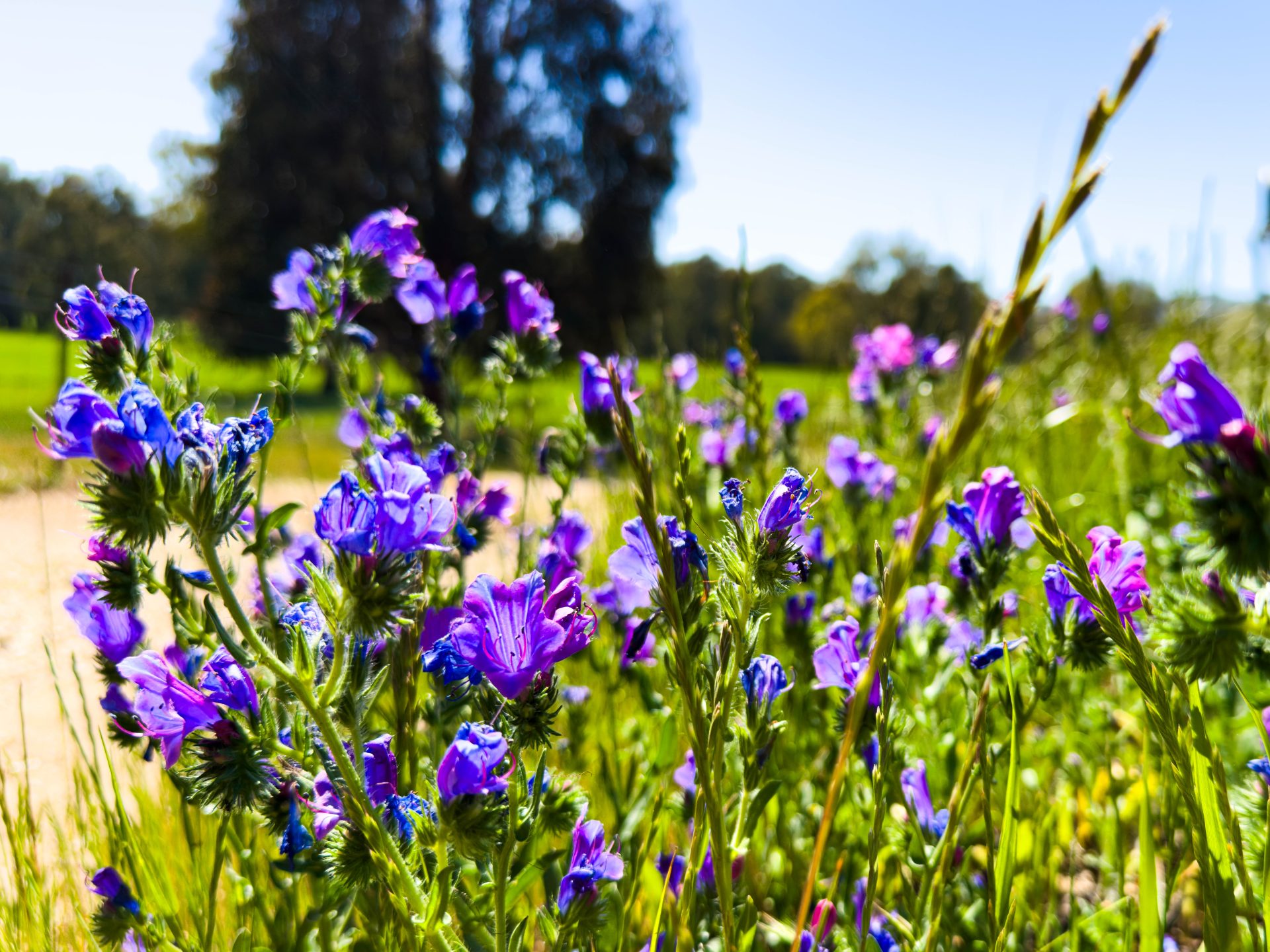Herbicide Resistance: Can It Be Overcome?
Introduction
Herbicide resistance isn’t new. First recognised in the 1950s, it has since become a global challenge. Today, over 500 unique cases of herbicide-resistant weeds have been documented across 70 countries, affecting more than 260 species1.
Closer to home, a 2023 report from the Australian Herbicide Resistance Initiative (AHRI) revealed that 10% of paddocks in WA2 are surviving robust glyphosate rates.
With input costs rising and resistance spreading, it’s time to ask – could biology be your best ally in overcoming this agricultural dilemma?
What Drives Herbicide Resistance?
Darwin’s theory of evolution reminds us that nature is clever. Plants, even the unwanted ones, evolve to survive. Herbicide resistance is simply survival of the fittest in action.
There are two primary mechanisms:
- Target-site resistance
Genetic mutations alter the protein targeted by the herbicide, preventing it from binding effectively. In some cases, plants overproduce the target protein, requiring higher herbicide concentrations to achieve control.
- Non-target-site resistance
Plants develop physiological or metabolic changes that detoxify the herbicide, reduce its uptake, or block its movement through the plant.
What We Know About Herbicide Use
Long-time readers of the NutriSoil blog know that soil microbes are vital to nutrient cycling and plant resilience. But long-term use of herbicides, especially alongside synthetic fertilisers and pesticides, can disrupt this delicate balance.
Research shows that these chemicals:
- Suppress microbial diversity
- Disrupt nutrient cycling
- Reduce disease suppression
- Impair overall plant health3
This microbial imbalance can lead to:
- Shifts in soil pH
- Soil degradation and erosion
- Increased vulnerability to environmental stress4
Improving Herbicide Efficiency
Healthy plants with a fully functioning metabolism are like well-tuned engines. They efficiently translocate water, nutrients, amino acids, and hormones throughout their tissues, and that includes herbicides.
In contrast, stressed plants:
- Have impaired metabolism and translocation
- Activate protective pathways that block herbicide effectiveness
This is why herbicides work best on actively growing, healthy weeds.
- Surfactants, the Unsung Heroes – Many farmers already use surfactants to improve herbicide performance. Surfactants reduce surface tension, helping sprays spread evenly across leaf surfaces. Without them, herbicides can bead up and roll off (especially on waxy or dusty leaves), wasting product and reducing efficacy
- Nature’s Surfactant, Vermiwash – Vermiwash is celebrated for its microbial richness and plant growth benefits. But emerging evidence suggests it may also act as a natural surfactant, enhancing herbicide efficiency when used together.
- Its surfactant-like qualities come from:
- Mucus content
- Microbial metabolites
- Enzymatic activity
- Combined with herbicides, vermiwash can:
- Improve leaf coverage
- Enhance penetration through the cuticle
- Boost uptake and translocation within the plant
- Its surfactant-like qualities come from:
Studies show vermiwash improves foliar spray absorption and nutrient movement, the same pathways systemic herbicides rely on. This suggests vermiwash could help herbicides move more efficiently within target weeds, potentially reducing the dose needed for a lethal effect.
Vermiwash, The Resistance Fighter
Beyond surfactant action, vermiwash supports soil biology. Incorporating vermiculture products into your system improves:
- Soil structure
- Aeration
- Water-holding capacity
- Microbial diversity
The result? Healthier, less-stressed plants that respond better to herbicides.
Plus, the amino acids, enzymes, hormones, and beneficial microbes in a vermiwash help crops recover from chemical stress. When used with selective herbicides, vermiwash supports non-target plants, aiding their recovery and bounce-back.
And let’s not forget the detoxifying microbes in products like NutriSoil Biological Solution. They go to work cleaning up residual chemicals in the soil.
Using Biology to Reduce Herbicide Rates
Anecdotally, many NutriSoil farmers report significant reductions in herbicide use thanks to biologically active soils.
-
- One farmer reduced glyphosate from 2L/ha to 800ml/ha over several years by building soil health.
- Another achieved a complete kill on blackberries for the first time by combining NutriSoil with Grazon.
How NutriSoil Supports Your Herbicide Program
Faster plant recovery – in selective herbicide use, stronger roots and leaves bounce back from herbicide stress
Better nutrient uptake – surfactant-like biology keeps soil microbes active
Soil health insurance – supports living biology so weed control doesn’t compromise fertility
Lower herbicide rates – better kill efficiency with reduced runoff and environmental impact
Best Practice Tips
- Apply NutriSoil before or after herbicide application to support plant and soil resilience
- Tank-mixing is possible – always jar test before mixing and apply immediately
- Monitor crop and soil performance to track benefits on your farm
Take Home Message
With NutriSoil, weed control and soil health don’t have to be at odds. By combining herbicides with a living biostimulant, you protect your crops today, and build healthier soil for tomorrow.
References
- Herbicide Resistance in Plants
- Resistance testing knowledge is power – Australian Herbicide Resistance Initiative (AHRI)
- Understanding the Impact of Herbicides and Synthetic Fertilizers on Soil Health – Organic Farming Research Foundation
- Repercussions of Prolonged Pesticide Use on Natural Soil Microbiome Dynamics Using Metagenomics Approach | Applied Biochemistry and Biotechnology

